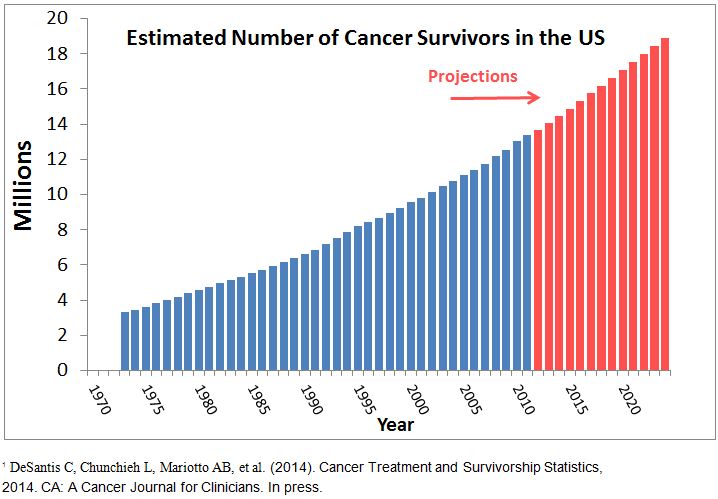Straight from Nashville, we’re just back from the annual Food and Nutrition Conference and Expo – a meeting highlighting the latest research on how foods affect our health and diseases, such as cancer risk. It’s a conference geared towards dietitians, so it’s also a place where companies showcase their health-related foods.
What were the big food trends and research takeaways related to cancer risk? Here’s a few of the conference highlights.
From the expo hall

several cereals are now incorporating sorghum
– Beans and whole grains are big. This is a crowd that loves these foods – as do we here at AICR – but there appears to be a revival of beans and lentil products making their way into the supermarkets. There were numerous new ideas to cook with lentils, a high protein and high fiber food, including these recipes: Coconut Cream Overnight Oats and Lentils and Lentil Fudge.
The ancient grain sorghum also appears to be increasingly making its way into products. It’s drought-resistant and gluten free, two traits that are making it popular. (Plain, it tastes similar to barley.) Sorghum can be served as a hot breakfast cereal, as a side or salad mixed with vegetables, or in stews and soups, like this Chicken, Leek and Sorghum soup.
There’s also a movement to mix well-known whole grains, like brown rice or oats with newer to us grains like quinoa, red rice and millet. And not just in your kitchen. You’ll be seeing more of these whole grains in your packaged foods – like ready to make sides from boxes, crackers, cereals and bars. That’s good news because foods high in fiber, such as whole grains, link to lower colorectal cancer risk.
From the research
– The best diet for cancer survivors. Today, there are approximately 14.5 million cancer survivors in the US and that number is expected to grow to almost 19 million in less than a decade. The increasing number of survivors accounts for part of the increasing research in how diet can play a role in survivor’s health.
What is known, researchers pointed out, is that many cancer survivors die from heart disease. So recommendations for cancer survivors mean eating for good health overall. Observational data suggests that following a healthy plant-based pattern of eating – links to longer survival. In one 2013 study, for example, women survivors who most followed AICR Recommendations for Cancer Prevention had a third lower risk of least followed four the recommendations.

Source: Office of Cancer Survivorship
Questions remain on weight loss and survivorship, with early research indicating that muscle – not just weight – plays a key role in healthy survivorship. Research is ongoing.
– The new dietary guidelines can help Americans live healthier. With a focus on dietary patterns, the new dietary guidelines report is making a lot of news lately, and members of the committee discussed the science and impact it would have. After systematically going through the research, the report found that evidence pointed to a way of eating, not nutrients. In the past, when researchers did focus on specific nutrients – such as low-fat – that didn’t have lasting effect on chronic disease, said expert Alice H Lichtenstein, D.Sc. The evidence shows that the focus on dietary patterns – low red meat, high in plant foods, high in whole grains, make a difference.
What’s the best way to get people to eat healthier? When asked, the Registered Dietitians in the room overwhelmingly voted that it’s changing the environment so that people can choose to get healthy and affordable foods.
Here’s how cancer risk links to the dietary guidelines report.
– Microbiome matters. Your gut is teeming with bacteria, along with other microbes that play a role in good health. All these microbes’ genes are known as the microbiome. There’s unquestionable evidence that our gut bacteria is fundamental to inflammatory bowel disease, which increases the risk of colorectal cancer, noted University of Pennsylvania‘s Gary Wu, MD, and what we eat shapes the composition of the gut microbes.
As one study he cited showed, for example, within 24 hours of people eating a different diet your gut microbiota changes. Eating a plant based diet appears to increase bacteria richness. Yet the link between diet and the gut microbes is complex and researchers are teasing apart the cause and effect. As several researchers noted, the microbiome is a hot topic but we are only at beginning of understanding it.
If you were at the conference, what were some trends and takeways that you saw/heard. Share.






